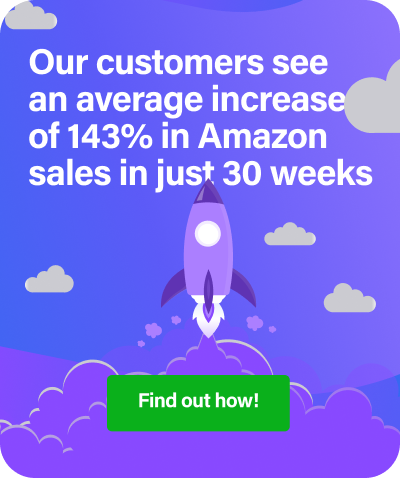Expanding to other Amazon marketplaces can mean reaching a wider audience and increasing sales and revenue. And though it’s the largest markets in the world, it’s not the easiest to get into or one most often talked about. RepricerExpress is going to change that and show you how you can get started selling on Amazon Japan FBA.
Benefits of Selling on Amazon FBA Japan
There are tons of reasons why you should at least consider expanding to Japan.
- Huge Audience: In the last year, Amazon.co.jp had roughly one billion total visits on desktop and mobile, with users viewing a little more than 8 pages per visit and spending over 6 minutes browsing each time.
- Speedy Delivery: Selling with FBA means buyers can filter by Prime and get their purchases the same day or next day. All you have to do is get your products to a fulfillment centre and Amazon will take care of the rest — picking, packing, shipping and customer support for shipping- and returns-related questions.
- Customer Support: The language barrier is no problem, as Amazon provides local customer support.
- Native Language for You: If you don’t speak Japanese, that’s okay. The interface on your Seller Central account will be in English so you can go about things comfortably. However, you will need to have someone translate your listings into Japanese.
- Multiple Payment Options: For both you and buyers. For buyers, they have options like credit cards, payment at a convenience store, cash on delivery and e-money systems. And for you, you can use Amazon currency converter services to get paid in USD, Euro or GBP.
How to Get Started
There are a few steps to follow, so let’s break them down.
Step 1: Product Research
You’ll have to decide which method you’ll want to sell with (i.e. private label, online arbitrage, etc.) and then research products accordingly.
Related: Amazon Product Research: Your Ultimate Guide
Step 2: Register Your Account to Sell in Japan
If you have an existing account that qualifies under Linked Accounts, you can link yours to Amazon Japan. Otherwise, you’ll have to register a new seller account. You’ll also have to register your brand on Amazon Brand Registry to protect your trademark.
Step 3: Research Local Laws, International Fulfillment Requirements and Tax/Regulation Requirements
Unless you’re buying products already in Japan and then sending them to the fulfillment centre, you’ll need an importer of record (IOR) or Attorney for Customs Procedures (ACP) to handle this for you. They’ll accept your products and settle duties, taxes and paperwork, then send them to the fulfillment centre. It can also be a smart idea to have legal help on hand to handle the small print for you so you don’t make a mistake on your own.
Step 4: Create Product Listings
You’ll want to hire a translator for this for the best and most natural wording, and avoid using an online translation tool. You can find someone on Upwork or Fiverr for this kind of help, and make sure you don’t forget about translating and optimising keywords, too.
Step 5: Finish Off with Marketing
Last but not least, you’ll need to get the word out about your new Amazon Japan listings. You’ll be able to generally use the same Amazon marketing strategies as you would for your local listings, but definitely get the input of local experts to make sure you’ve got the nuances right.
Final Thoughts
One game factor that carries over no matter which marketplace you’re selling on is competitive pricing. Searches and sales happen very quickly, so make sure you stay on top of changes by using RepricerExpress. You can book a 20-minute demo to get a quick tour or start with a 15-day free trial by signing up now.



